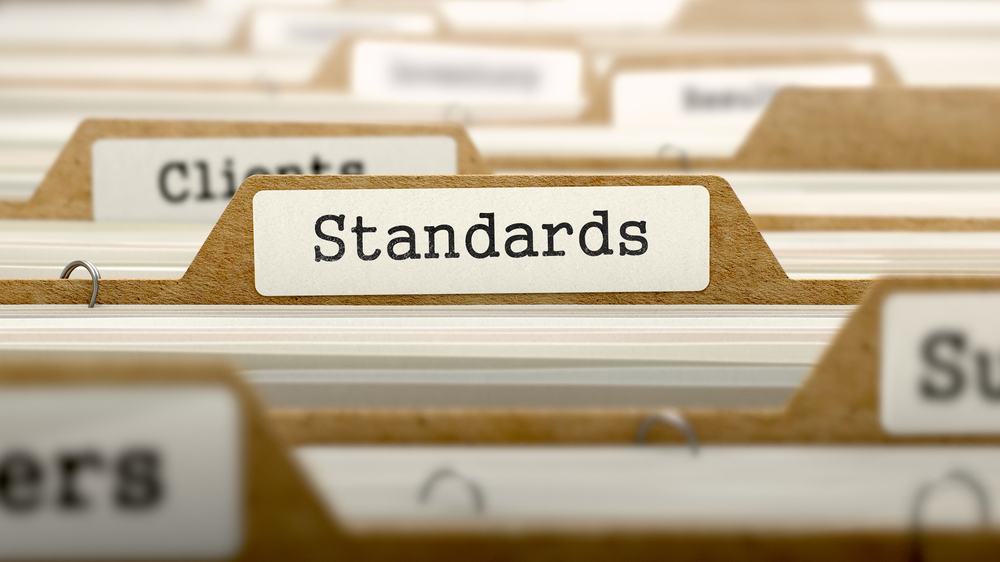In-Flight vs. Post-Implementation reviews: model build and refinement Data-driven (or data-enabled)...
Trust in data for decision making
Your corporate decisions are either manual, report-enabled, semi-automated, or fully automated.
They could be strategic, tactical or operational.
This article focuses on operational decisions that are report-enabled, semi-automated or fully automated.
As a senior leader, you know how important it is for you to trust the data you use to make decisions.
Confirming the reliability of your data is crucial for success, stability, and stakeholder trust.
Sometimes it’s useful to re-explore what this means, especially if you need to explain or justify your investment in obtaining trust and confidence.
In this article we explore the significance of trust in data for decision making, in the context of financial services, and why it is a high priority for senior leaders like yourself.
The Role of Trust in Data for Decision Making
Data is the lifeblood of decision making in the financial services sector. To reiterate, there are many activities that fall into the realm of “decision making”. These can be:
-
manual
-
report enabled (where a human uses a computer-generated report)
-
semi-automated (where there is a human in the loop), or
-
fully automated.
Whether it's assessing risks, evaluating customer behavior, or deciding on how much to pay to partners, data is vital. Being confident that you can trust that data is equally important. Trust in data ensures that the decisions are based on accurate, reliable information. Your board members, employees, and clients can trust that all decisions are well-informed.
Building Trust in Data
Building trust in data requires a combination of factors that you can influence.
Here are five of the more important factors:
-
Quality
-
Security and Privacy
-
Access to data
-
Transparency
-
Monitoring
In more detail:
1. Quality
Depending on the nature of the data, and the size of your organisation:
-
data management frameworks - focused on data accuracy, completeness, consistency, and timeliness
-
data management processes - in alignment with the framework/s processes
-
at the more structured end, data quality tools and technologies.
By prioritizing data quality, you can ensure that the data used for decision making is reliable and trustworthy.
2. Security and privacy
Preventing unauthorized access, data breaches, or data manipulation.
Implementing strong cybersecurity protocols and complying with relevant data protection regulations.
This not only protects the interests of your organization but also builds trust among your stakeholders and clients. By demonstrating a commitment to data security and privacy, you can assure them that their data is safe in your hands.
3. Access
Providing access to data to the right people at the right time.
Trust in data can’t be achieved if the data can’t be accessed when needed. [More on this topic here]
This could be access at a high level - e.g., to a report. Or more granular - e.g., to the right level of data within a report.
4. Transparency
Being open and forthcoming about your data collection methods, data sources, and data processing techniques.
Communicating how data is used and the purpose behind it fosters trust and confidence among your stakeholders.
Transparency also enables your employees to understand the decision-making process and align their efforts accordingly.
5. Monitoring
Regular checks to confirm that you can continue to trust your data and associated processes.
You can do this in a few ways, including:
-
direct manual testing - where you periodically check the data and processes to confirm that they are still working
-
continuous monitoring - where you put in place automation to check the important data and processes, usually on a predefined schedule
-
internal audit or risk assurance - where you bring in audit or similar teams from within your organisation to check the data and processes periodically
-
external validation - where you bring in an external party to check the data and processes periodically. [This is what we offer]
In practice, these methods are not mutually exclusive.
Ensuring the Benefits of Trust in Data
When you establish trust in data, you can reap several benefits:
-
Your decisions become more accurate and reliable. This leads to better risk management and improved outcomes.
-
You can more reliably identify market trends and assess customer needs. This improves your ability to develop tailored products and services. Crucial for continued success and growth.
-
Enhanced customer relationships. As a senior leader, you understand the value of building strong relationships with your clients. If your clients trust that you handle their data with care, they are more likely to remain loyal. This means increased customer satisfaction, better customer retention, and a positive brand image.
Trust in data for decision making
By prioritizing data quality, security, and transparency, you can build trust among your stakeholders and ensure the accuracy and reliability of your decision-making processes.
Trust in data enables you to make well-informed decisions, manage risks effectively, and foster stronger client relationships.
Embracing a culture of trust in data helps drive success and growth.




